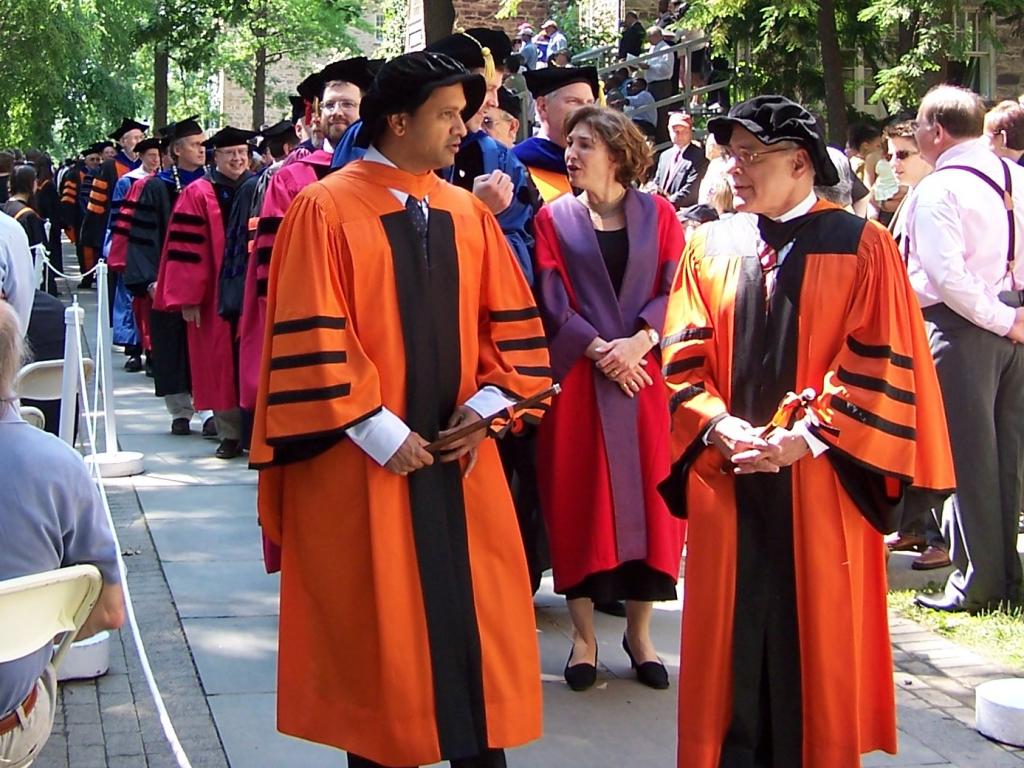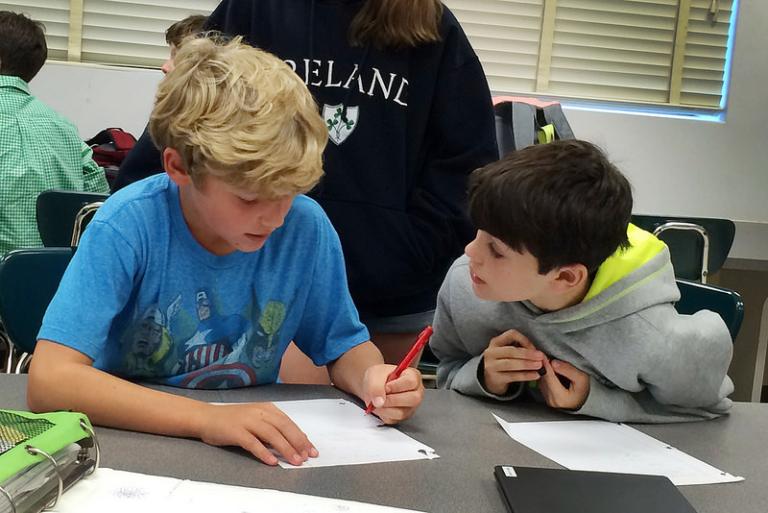![By Raysonho @ Open Grid Scheduler / Grid Engine (Own work) [Public domain], via Wikimedia Commons](https://wp-media.patheos.com/blogs/sites/533/2015/02/library-300x225.jpg)
Who are the Smartest Kids in the World? Ripley refers to kids from the countries that have top scores on the PISA international student assessment tests, tests which are designed to measure not rote learning but critical thinking skills. Here organizing device is to chronicle, side-by-side, the experiences of three American exchange students in these countries, along with more general background on the school systems. The countries: top-scores Finland and Korea, and up-and-comer Poland.
(Are these the actual top scorers? Here are the most recent PISA scores, in PDF form, or excel (click on the link following “chapter 1” to download the file). These countries are still among the top — Ripley excludes China (which only tests kids from Shanghai, Hong Kong, and Macau, so not representative of the country) and Singapore and non-democratic countries in general — though now Switzerland, the Netherlands, and Estonia have moved ahead of Finland in math. In any case, the United States is decidedly at the middle of the pack: 33rd out of 61 for math, somewhat better in reading at 21st.)
Anyway, here’s what I flagged from the book:
p. 64. U.S. spends considerably more on technology than these “high performing” schools. “However, there was little evidence that these purchases had paid off for anyone other than the technology vendors themselves.”
p. 86. On Finland: teaching requires a rigorous master’s degree in the subject, not just in “education,” and a full year of student teaching. The math teacher the Finland-bound exchange student, Kim, had at home? He mostly wanted to be a football coach, and “figured the best way to become a coach was to become a math teacher.” “Instead of taking the more rigorous mathematics classes offered to other students, for example, education majors tended to take special math classes for students who did not like math.”
p. 90 – 91. Attempts to improve rigor of U.S. education for future teachers. In Rhode Island, plans to strengthen test-score requirements for teachers produced a hue-and-cry, but “Rhode Island’s teacher colleges already churned out 1,000 teachers a year, about 800 more than the school system needed to hire.”
p. 100. “In my own survey of 202 foreign-exchange students, an overwhelming majority said their U.S. classes were easier than their classes abroad.”
P. 130 ff. Poland — major reform in the system in 1998. For components: 1. new curriculum, with fundamental, rigorous goals, but local autonomy in implementation. 2. Standardized testing at the end of elementary, jr high and high school — at elementary, for diagnostic reasons, but at older ages, for tracking students and determining university admission. 3. delay tracking; high schools were tracked, but kids would basically stay in junior high, with an untracked curriculum, a further year. 4. Teacher autonomy. These reforms were controversial, but Poland zoomed up the PISA ranks.
p. 138 ff. Tracking: despite Germany’s famous early tracking system, “by the early 21st century, many countries were slowly, haltingly, delaying tracking. When they did so, all kids tended to do better.” Finland doesn’t track until age 16.
p. 144. key differences between U.S. and elsewhere: 1. heavy role of sports in American schools. 2. more autonomy during and outside of school.
p. 162. What about minorities? In Finland, even immigrant kids do well in school.
Her bottom line: American schools just aren’t as rigorous and demanding as in other developed nations — and American students aren’t as motivated — and this impacts their success substantially.
Now, to be sure, if you look around, you can manipulate the data to tell either story: that it’s the nonwhites who drag the United States down, or that, apples to apples, even the white middle class kids do poorly.
But I find it telling that the US math score was decidedly worse than the reading score — and that in the U.S., it’s perfectly acceptable for college-bound kids to simply decide, “I don’t need math” and that’s that, whereas in countries with a rigorous test required for admission to universities, math is certainly not optional, even for kids who want to study the humanities.
Can you even imagine a rigorous test required for admission to American universities? Yes, of course, there’s the SAT and the ACT, but each university decides on a different admission standard, and many don’t require anything. I’m talking about a test without which you may not enroll at any university or college — though, with our decentralized system — it’d probably have to be a test that the federal government would require for financial aid, or perhaps for accreditation. Can you imagine the uproar it would cause for students to know math? They’d probably demand that their poor math scores were disability-related and therefore the requirement was discrimination.
On the other hand, Canada’s test scores are quite respectable — 7th or so, and, so far as I can tell, the general structure of their system is pretty similar to ours. Is their greater success due to lack of poor-performing minority populations, or something else?













